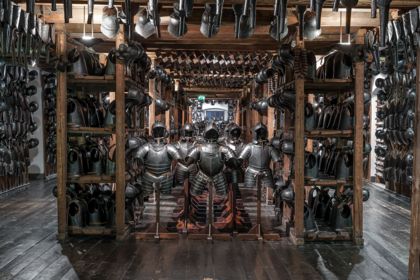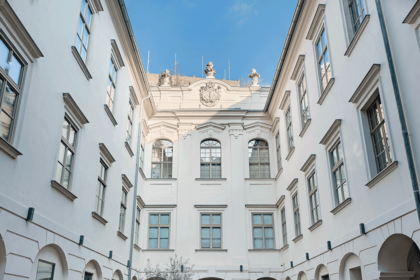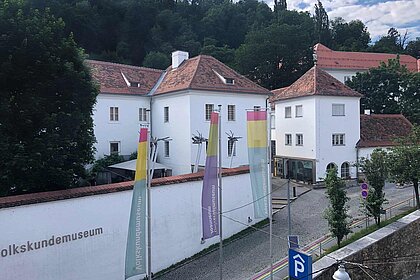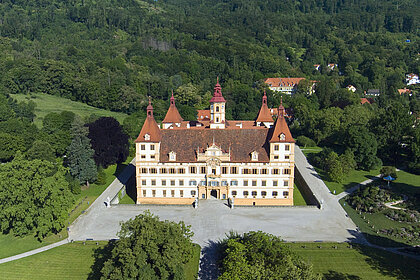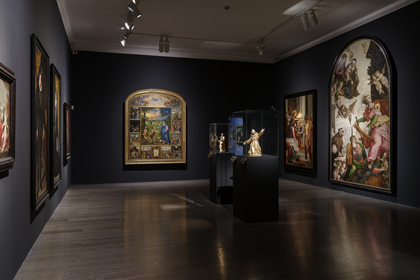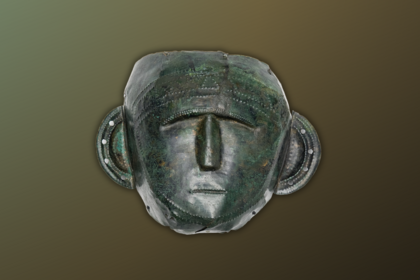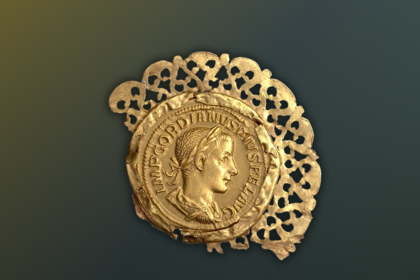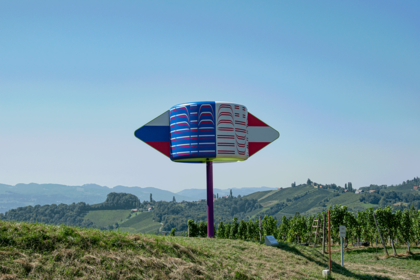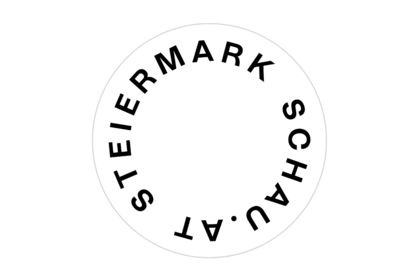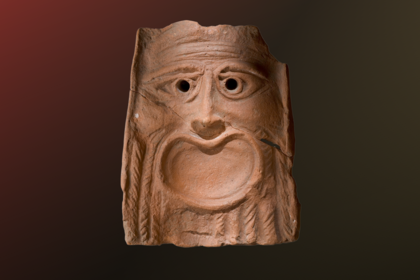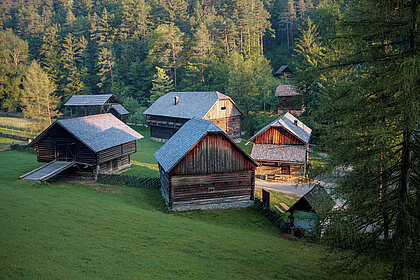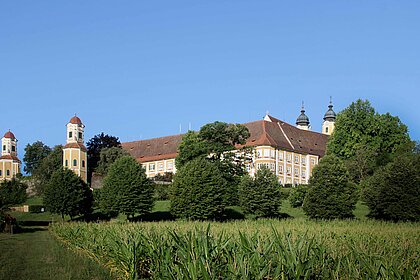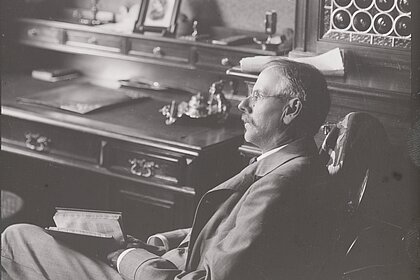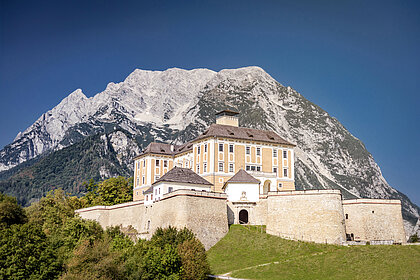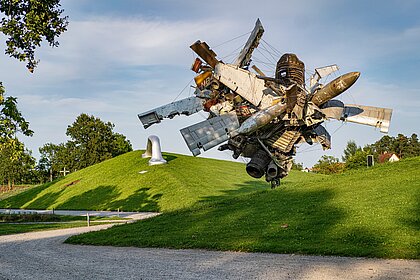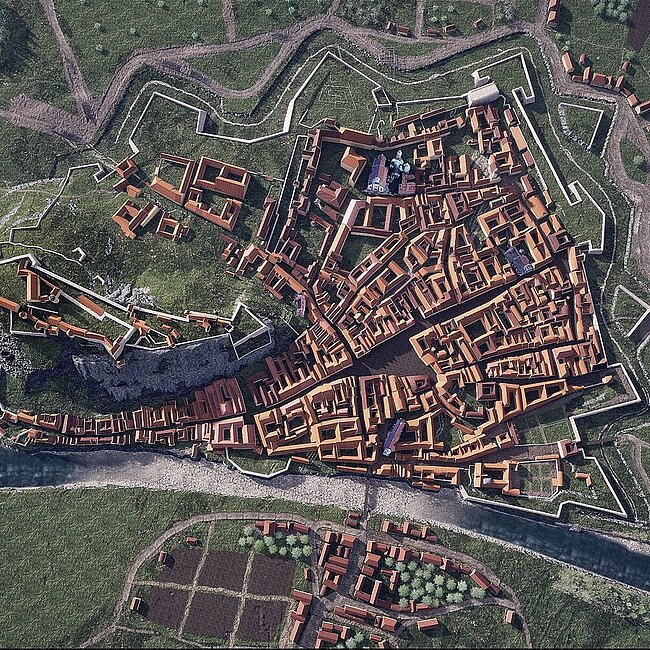The special exhibition Graz 1699 at the Archaeology Museum takes visitors back to the lively atmosphere of the city of Graz in the 17th century: The focus is on a digital reconstruction of Baroque Graz, based on historical copperplate engravings and enriched by selected archaeological finds from the city centre of Graz and Eggenberg Palace.
The visualisation will have a special recognition value for Graz residents: Some iconic buildings, such as those of the main square of Graz, still exist today, while others have long since disappeared. This innovative presentation builds a bridge between the World Heritage Site of Schloss Eggenberg and the vibrant heart of the historic centre of Graz. The exhibition allows visitors to experience a part of the rich history of the provincial capital in a completely new, captivating way.
